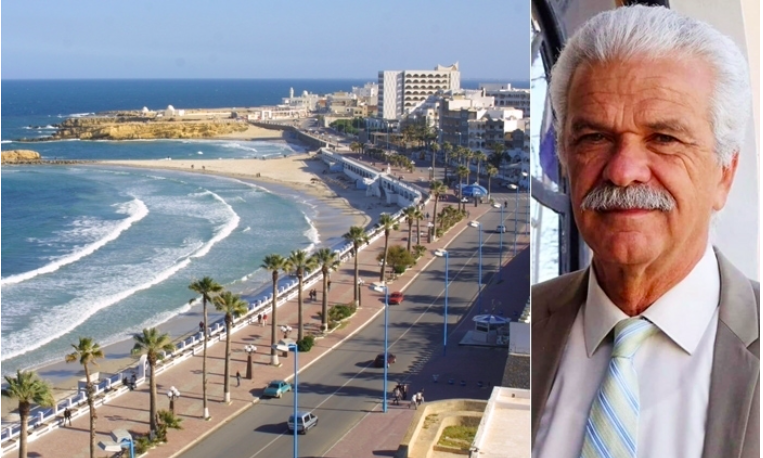The Tunisian coast was largely uninhabited at least until the late 1960s. Until that time, the coastal inhabitants, despite their proximity to the sea, practically turned their backs to it and primarily engaged in agricultural activities inland. Their towns and villages were often located a few kilometers from the coast, providing shelter from the humid air currents and any unforeseen and dangerous intrusions from the sea.

With the advent of tourism from the early 1970s and the growing interest in the coastline, beaches, and the sea, there was a rapid, massive, and exponential surge of interest. This quickly led to the development of large tourist zones along the coast, the expansion of coastal towns toward the sea, and the establishment of numerous new infrastructures to meet the demands and needs of this new population. Roads, zones for various activities, including industrial, electrical, and port activities, wastewater treatment plants, and new settlements have sprung up in various stretches of the Tunisian coast over the past fifty years.
During this period, the Tunisian population gradually moved from the interior of the country toward the coast, leading to a phenomenon of coastalization in Tunisia, one of the most notable in the Mediterranean. The Tunisian coastline now hosts more than three-quarters of the Tunisian population and the country’s socio-economic activities.
This extremely rapid coastalization, however, was conducted in a rather peculiar context, marked by two major obstacles. Firstly, there was very little knowledge of coastal dynamics, which are vastly different from the dynamics of the country’s inland areas. Secondly, there was an almost total absence of local and national institutions capable of conducting this coastalization within a framework of efficient governance, capable of reconciling the pressing aspirations of the populations and public authorities with the preservation of the coast and its various balances.
This discrepancy between development practices and coastal balances, often conducted in a fragmented manner without any comprehensive, particularly local and regional vision, inevitably led in almost all newly developed regions to a coastline that was assaulted, disfigured, and rapidly losing its landmarks, with beaches inexorably receding and the sea gradually encroaching inland, attacking multiple infrastructures.
In addition to this stark situation, for which humans alone are responsible, there is the worrying addition of the effects of climate change on the coast, manifested by a rise in sea level leading to an amplification of various erosion and degradation phenomena along the coastline, which have already been initiated in Tunisia for several decades.
The vulnerability of Tunisia’s coastal zones to human-induced disruptions and the effects of climate change will exacerbate the socio-economic costs of the degradation we observe today along the coast, the scale of which is becoming increasingly alarming year after year.
At the current pace of degradation, which is likely to become more exponential in the future, a large portion of the infrastructure located on the coast, and consequently the socio-economic activities associated with them, are threatened with destruction, resulting in considerable socio-economic losses.
The Tunisian coast, a privileged area for almost the entire population and a space for creating much of Tunisia’s wealth, is today in difficulty and great distress. However, it must continue to thrive and provide the socio-economic services that the Tunisian population needs. This is a challenge and an equation that is not necessarily easy to solve. It requires significant political will, a coherent vision of development and protection, a synchronized involvement of all stakeholders, both public and private, and a considerable mobilization of financial resources.
Samir Meddeb
Source: Leaders

